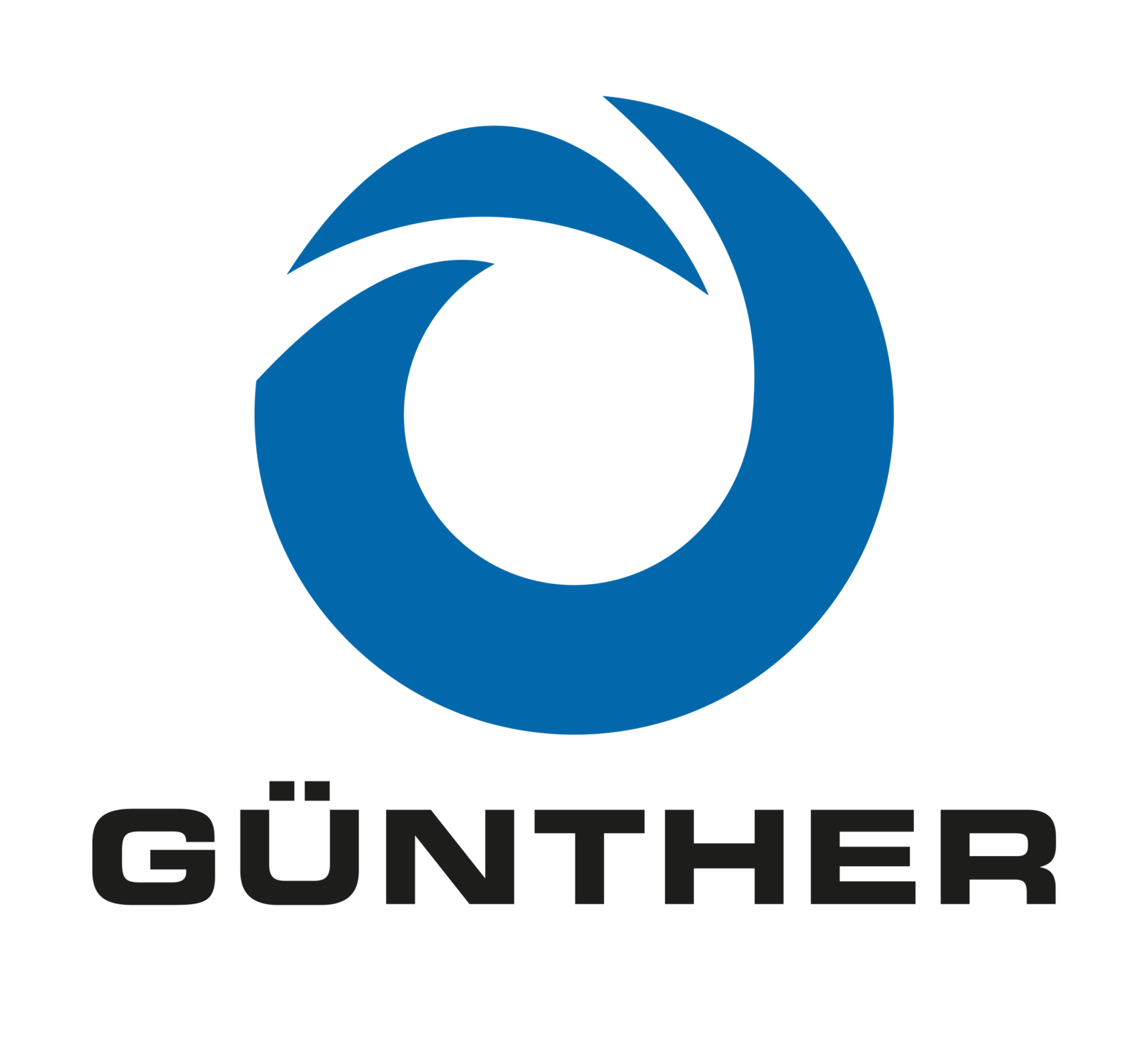The stationary one
TAKER TL-12 flexible metering unit
With its lighter design, the "little brother" of the T series places fewer demands on the general conditions. As a farm-mobile version, it can be positioned anywhere and can be specially integrated into different processing operations. A wide range of equipment options make it a true all-rounder.
Ideally, compost, wood/waste wood, biomass and green waste are processed with the TAKER TL-12.


You want to test your material:
Practical example Integration of a TAKER TL-12 into the overall process for the treatment and control of fermentable biowaste and green waste
Process optimization through intelligent connections
Even if the conveyor technology is usually "only" a means to an end, it still plays a central role in supplying the star screen or SPLITTER spiral shaft separators. It not only serves to connect the components to each other, but is also a relevant part of the overall process. The individual system components are supplied with material via the design (belt type), running speed and PLC-controlled synchronization - constantly and in the required dosage. In this respect, intelligently designed conveyor systems are decisive factors for the efficiency of the overall process and the high quality of the end products.
The importance of different conveying technologies in a processing plant will be illustrated using the example of the plant project "Processing biomass to produce biogas" at Biothan GmbH, based in Fulda.
Biothan GmbH operates a highly innovative plant for the production of bio natural gas from biogenic residues of regional origin. Organic residues (commercial waste, liquid manure, organic waste garbage cans) are used to generate energy by refining the raw biogas produced by their fermentation into biomethane in the final processing stage. The fermentation residues are used as fertilizer in solid or liquid form in agriculture; enriched with green waste as compost for gardens and forests.
Challenges
The customer was looking for a solution for processing solid organic waste (from the organic waste garbage can) and green waste in order to convert it into a fermentable form. Furthermore, the processed material was to be available for subsequent feeding of the fermentation plant - consisting of two plug-flow fermenters.
The challenge was to produce an input material with a particle size of up to 60-80 mm that was as free of impurities as possible, which would be fed to the fermenters constantly and in the optimum dosage.
The processing plant was to be installed in the receiving hall as compactly and space-savingly as possible.

Solution
The following concept was implemented at Biothan GmbH (overview):
The source material is first shredded (1). The shredded material is fed to the stationary screening plant MULTISTAR 2-SE (3) via a troughed belt (2). There the material is screened into 2 fractions:
- The so-called oversize grain (> 60-80 mm) is ejected into a bunker by means of a discharge belt (4) and partly returned to the separation cycle.
- The fines are further processed as good material with the required maximum grain size of 60-80 mm.
Foils and other impurities are filtered out using an air separator (5). The fines are discharged via a pivoting stockpile conveyor (6), which feeds concrete bunkers for storing the material (7). The stockpile belt is equipped with an ultrasonic sensor at its end and steers the belt to the next possible free space as soon as a discharge cone has reached a defined height. The finished cone is then distributed over the entire bunker area using an indoor crane. The bunker also serves as a buffer store to ensure a constant supply of input material for the fermenters 365 days a year. For feeding the two plug-flow digesters, Anlagenbau GÜNTHER supplied the TAKER TL-12-18 (8) intake feeder, which doses the input material via a discharge belt (9) onto a reversible distribution belt (10), thus ensuring optimum supply to the digesters. Both belts are enclosed as they are located outside. The TAKER is filled using the indoor crane. The TAKER stands on a weighing device with four load cells as part of the electronic filling control system.
Requirements for conveyor technology
Conveyor technology has a controlling effect on the overall process. The ideal configuration of the individual belt types and the process-related synchronization of the individual conveyor components through optimal PLC programming are essential prerequisites for achieving the greatest possible efficiency in the production process. A total of five conveyor belts of different types were installed in the "Biomass processing" project:
- Troughed belt for discharging the shredded material or feeding the material to the MULTISTAR 2-SE separation system
- HD belt as oversize grain discharge belt
- Pivoting, sensor-controlled stockpile conveyor for discharging the good material or feeding the concrete bunker
- Troughed conveyor for discharging material from the TAKER L3 receiving feeder
- HD belt as a reversible distribution belt for supplying the two plug flow fermenters

Biothan is extremely satisfied with the functionality of the system:
"The system runs constantly and stably. The design of the conveyor technology in particular ensures that all components are ideally coordinated. As a result, the two fermenters are supplied with the required quality and quantity of raw material 365 days a year," says Managing Director Sebastian Tews.
Your contact person









